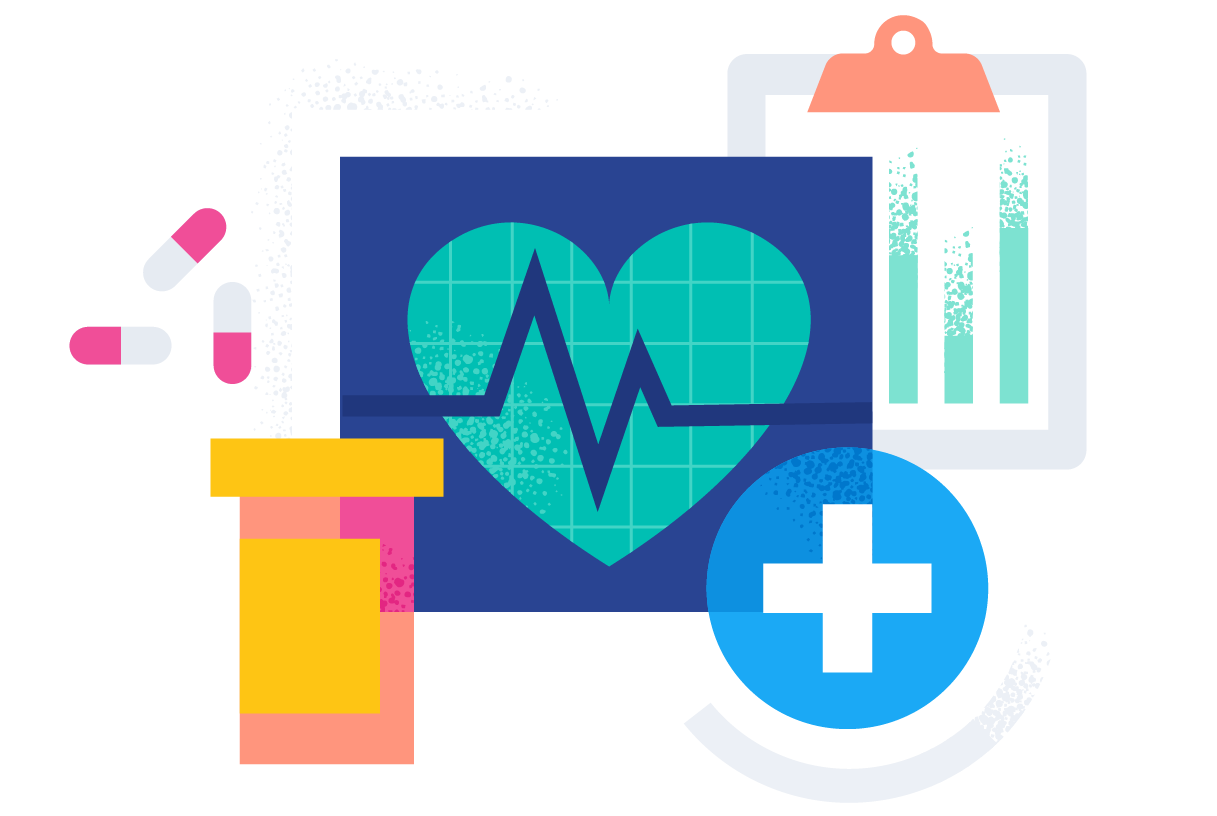Healthcare RCM Solutions for Efficient Revenue Cycle Monitoring
Healthcare RCM Solutions for Efficient Revenue Cycle Monitoring
Blog Article
A Comprehensive Overview on Exactly How Medical Care RCM Works to Improve Invoicing and Collections
Browsing the complexities of medical care income cycle monitoring (RCM) is vital for service providers aiming to improve their invoicing and collections procedures. The overview unloads the intricacies of RCM, from patient registration to accounts receivable administration, offering understandings into maximizing each action.
Comprehending Earnings Cycle Management
RCM is a crucial administrative feature that encompasses the whole economic process of individual treatment, from the first appointment establishing to the last payment of the balance. It is a complex procedure designed to identify, accumulate, and manage the income from the services supplied to patients.
The RCM process starts when a client schedules an appointment and extends through the client's treatment trip, including billing and collections. A key objective is to minimize the time in between giving a service and obtaining payment, therefore boosting the organization's monetary health and wellness. RCM involves different functions such as individual registration, insurance verification, cost capture, coding, asserts submission, settlement posting, and handling denials and charms.
Secret Parts of RCM
In the realm of Earnings Cycle Management (RCM), understanding its crucial elements is fundamental to achieving monetary efficiency within healthcare companies. RCM is a detailed procedure that encompasses different phases, each critical to ensuring efficient invoicing and collections. The primary elements include patient enrollment, insurance policy verification, charge capture, coding, insurance claim entry, payment uploading, and balance due administration.


When coded, cases are submitted to payers, where precision is vital to stay clear of hold-ups or beings rejected - Healthcare RCM. Repayment uploading includes tape-recording the received settlements, which enables the settlement of accounts. Finally, accounts receivable monitoring concentrates on tracking and dealing with unpaid insurance claims, guaranteeing timely follow-up and resolution
Each component of RCM is adjoined, and inefficiencies in any part can interrupt the whole cycle. As a result, understanding these aspects is crucial for health care suppliers to enhance income and boost their financial wellness.
Methods for Effective Invoicing

Standardizing billing procedures across the organization is an additional vital technique. Developing clear standards for documentation, coding, and entry aids preserve consistency and conformity with governing needs. Training staff consistently on these treatments makes sure everybody is up-to-date with the most current changes in invoicing codes and payer policies.
Accurate charge capture is vital in preventing income leak. Applying routine audits and monitoring systems permits the recognition and adjustment of discrepancies prior to they impact revenue. Additionally, keeping open lines of interaction with payers assists to rapidly solve any conflicts or misconceptions that may develop.

Lastly, interesting patients early in the payment process by supplying clear estimates and instructional materials concerning their financial obligations can significantly minimize confusion and improve repayment timeliness. These strategies collectively add to an extra financially healthy and balanced and reliable payment system.
Enhancing Collections Procedures
Given the intricacies of medical billing and the selection of payer demands, improving the collections process involves implementing strategic procedures that ensure accurate and timely payment of solutions rendered. Automation tools can aid in tracking claim standings, sending prompt reminders to individuals, and handling denials extra effectively.
Training staff to comprehend the nuances of insurance plan and billing codes is similarly important. This knowledge empowers them to address payment discrepancies promptly and connect successfully with people regarding their financial responsibilities. In addition, clear and clear client communications are critical. Offering comprehensive explanations of fees and using adaptable layaway plan can increase individual satisfaction and prompt settlements.
Regular audits of the collections procedure should be carried out to identify areas for enhancement and ensure conformity with policies. By analyzing information, medical care organizations can identify trends, expect potential problems, and adjust strategies appropriately (Healthcare RCM). Ultimately, a well-enhanced collections procedure not only sustains financial wellness but likewise adds to a much more seamless experience for patients and team alike
Optimizing Earnings Streams
Structure upon the structure of a strong collections process, health care companies can further bolster their monetary security by tactically optimizing earnings streams. This includes a multi-faceted approach, starting with a detailed analysis of existing income sources to determine ineffectiveness and areas for growth. Utilizing sophisticated data analytics tools allows organizations to acquire understandings into payer mix, individual demographics, and solution use patterns, permitting data-driven decisions that boost income capture.
Implementing automated payment systems can considerably decrease mistakes and accelerate claims processing, guaranteeing that earnings is gathered much more successfully. Furthermore, maximizing see this here payer agreements through routine arrangements can improve repayment rates and terms, straight impacting the bottom line. Diversifying service offerings, such as including telehealth or health programs, can also bring in a wider person base, thus increasing income capacity.
An additional critical part is enhancing client engagement and contentment, as satisfied individuals are more probable to follow therapy strategies and make prompt repayments. Supplying adaptable settlement options and clear invoicing methods can enhance collections and foster client loyalty. Healthcare RCM. By adopting these approaches, medical care companies can create a much more resilient economic framework, guaranteeing sustained development and stability in an ever-changing market landscape
Final Thought
In verdict, health care Profits Cycle Management (RCM) plays a critical role in optimizing billing and collections processes by incorporating vital elements such as individual registration, insurance verification, fee capture, coding, claims submission, and balance due administration. By employing innovative technology, systematizing procedures, and promoting patient involvement, health care providers can substantially minimize claim rejections, speed up repayment cycles, and improve capital. This thorough strategy to RCM inevitably leads to boosted monetary performance and sustainability for healthcare companies.
The RCM process starts when a person timetables a consultation and extends through the patient's care journey, including billing and collections.Another important component is boosting person involvement and complete satisfaction, as satisfied individuals are extra likely to stick to therapy plans and make timely repayments. Using versatile payment alternatives and clear payment techniques can improve collections and foster patient loyalty.In verdict, healthcare Earnings Cycle Administration (RCM) plays an essential role in optimizing billing and collections procedures by integrating key elements such as individual registration, insurance coverage verification, fee capture, coding, asserts submission, and go to my blog accounts receivable monitoring. By using read the article sophisticated technology, systematizing treatments, and fostering individual involvement, health care service providers can dramatically minimize case denials, speed up repayment cycles, and enhance cash circulation.
Report this page